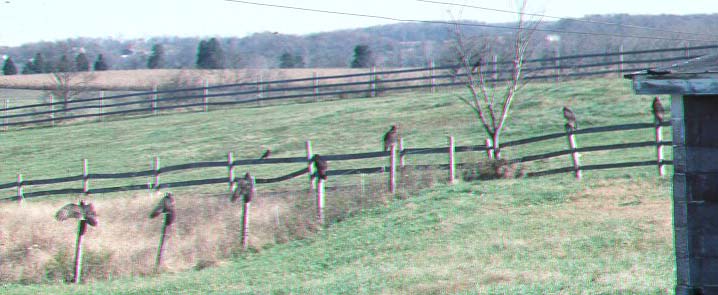
Here in the Mid-Atlantic, both turkey vultures and black vultures are present in significant numbers. Populations are even expanding in many places since the discontinuance of spraying of DDT. Vultures have also profited from the great increase in paved roads in the mid 20th C. But, sadly, the greatest short term benefits to vultures are drought, famine and floods. However, a continuing hazard for vultures as well as other species who dine on carrion is lead poisoning from ingesting the remains of game animals and entrails left behind from gutting in the field. Many raptors also consume carrion, and like vultures, have a highly corrosive stomach content which readily dissolves lead shot and fragments of lead bullets. If you enjoy occasionally feeding vultures, procuring road kill is the best choice, but lead free ammunition is available for hunting.
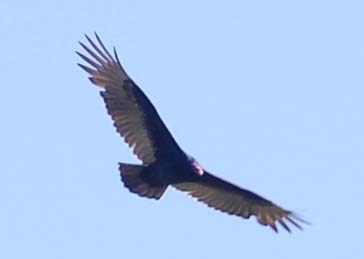
Turkey Vulture Cathartes aura
Turkey vultures are frequently seen circling low over the wooded area of our property, where carrion would not be visible through the tree canopy. They can zero in on the scent of decaying flesh from a surprisingly great distance. But, over open fields they often circle much higher, relying on equally impressive vision to spot even small carcasses on the ground. Sometimes one or more turkey vultures will descend on a freshly killed carcass, hop around it as if assessing any possible threat, take one or two nibbles, and then, one by one, fly off. Turkey vultures, not having the strong beaks of birds of prey, require a certain degree of ripeness of their carrion meals. They have no problem remembering the exact location of the carcass and will return the next day. However, for other carrion eaters, especially the red fox, the fresher the carcass the better. I have observed a female fox carrying off an adult ground hog in her mouth. She clearly showed the strain on her neck muscles, managing to cover only a short distance before dropping the carcass. She would rest only several seconds and then pick up the carcass again and head toward her den and her awaiting pups. Her den was located in an overgrown fence row, about 400 yards from the edge of our garden, where I had placed the carcass the previous day. I don’t know if vultures had spotted the carcass the first day, but, being late risers, they must often lose potential meals to other scavengers. Vultures wait for thermals to develop before taking flight in the morning. Much of their mammalian competition are nocturnal or, at least, early risers, and don’t require preprocessing of their meals by beetles, maggots or bacteria.
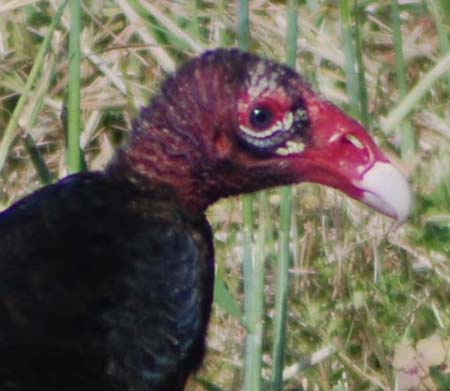
While everyone appreciates the amazing flight of vultures, their social actions while feeding on the ground are also worth observing. Groups of vultures take turns at a carcass, and, often one seems to be standing guard on a pole or branch or even the roof of my blind. And, for those who try to use a remote camera on a tripod near the bait, a vulture will often pick up or drag a groundhog size prey several feet away, just out of camera view or focus. I’ve observed this so many times that there must be a purpose for repositioning the carcass. It often happens within a minute or two after the first vulture arrives and also a lone vulture will do this. Of course, the disadvantage of the photographer moving in close in a blind is the odor of hydrogen sulfide, putrescine, and cadaverine, especially during a long wait on a hot summer day. A clothespin may help, or maybe a basket of potpourri in your blind?
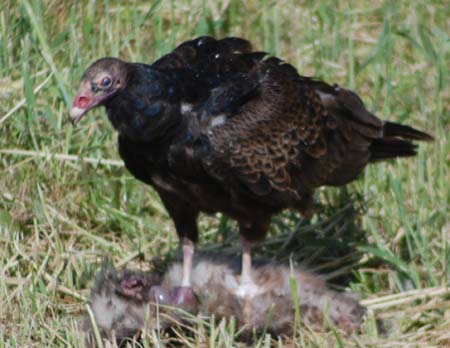 |
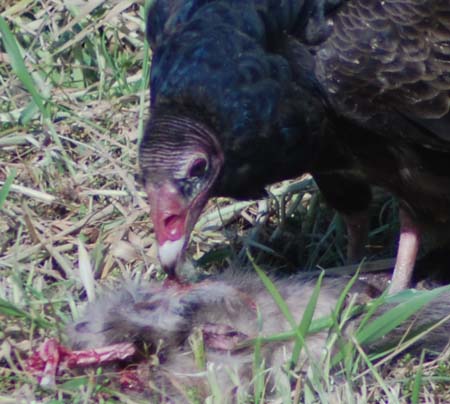 |
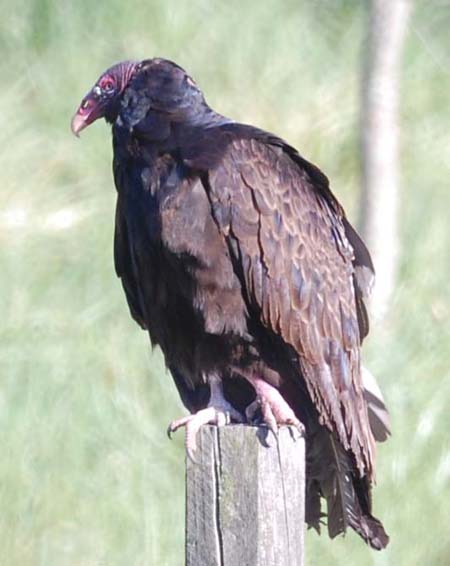 |
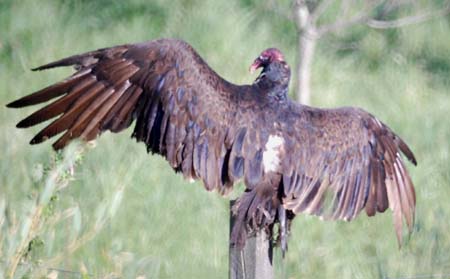 |
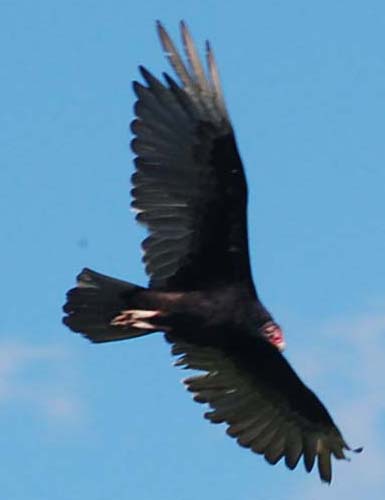 |
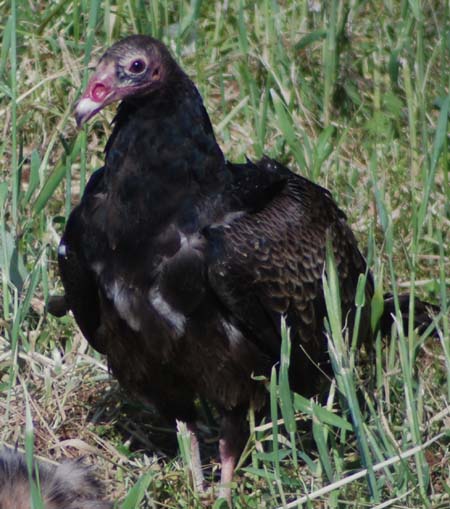 |
Black Vulture Coragyps atratus
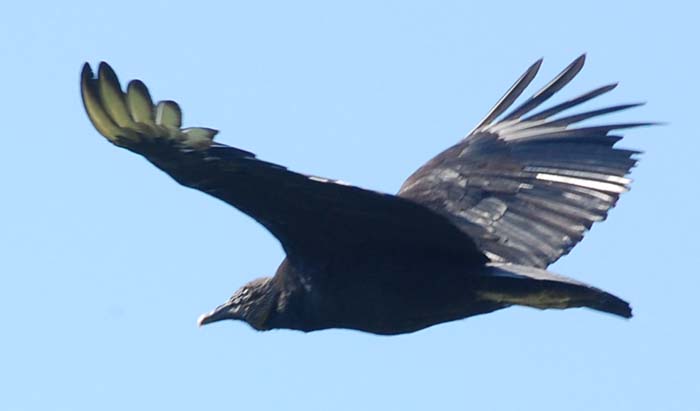
The black vulture is slightly smaller than the turkey vulture and has shorter wings, giving it somewhat different flight characteristics. Unlike the turkey vulture, we almost never see a single black vulture flying overhead or feeding on carrion. They seem to understand the power of numbers. Black vultures have a bad reputation with some farmers, since they are known to sometimes kill newborn calves, lambs and pigs. But, their primary food source is carrion. Lacking the keen sense of smell of the turkey vulture, they rely on equally sharp vision to spot carcasses and also to keep an eye on nearby turkey vultures. Often black vultures will quickly arrive at a carcass discovered by turkey vultures. The pecking order when both species are present can vary. A group of black vultures can drive off a single turkey vulture, but, in general, the larger turkey vultures feed first. And, several vultures can quickly devour a medium size carcass, leaving little or no leftovers.
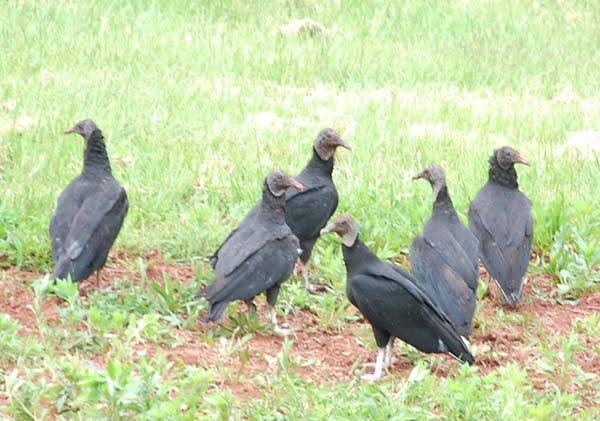
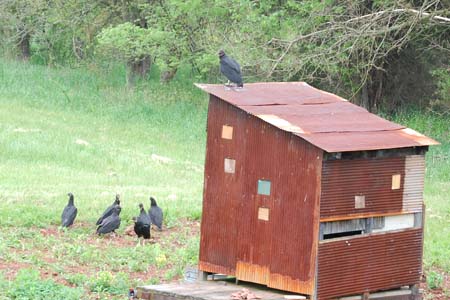 |
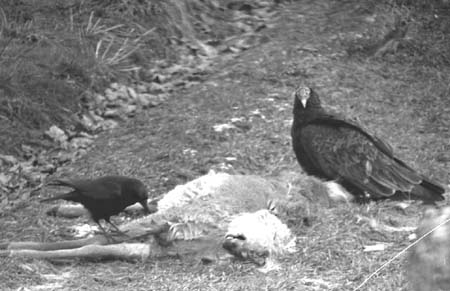 |
| Black vultures sometimes seem to be posting a lookout while feeding. Usually the lookout is in a nearby tree, but here it is using my blind | A crow and a lone vulture share this deer carcass. In this case, there is enough for all. |
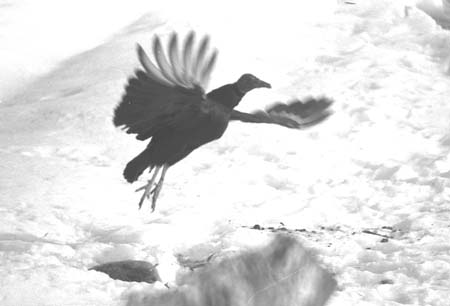 |
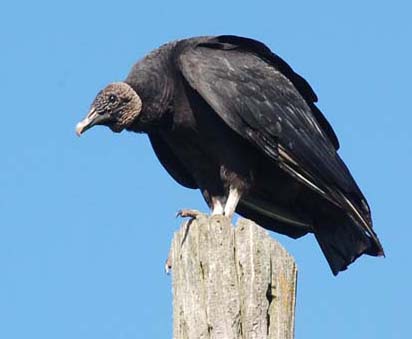 |
A snow had covered the deer carcass, but the warmth of bacterial putrifaction had left an opening in the snow. Bacteria in the deer's gut begin work while the body is still warm and can continue for some time in moderately cool weather. |
This black vulture perched on the utility pole in our yard was not the least concerned with my presence. I had never encountered a "tame" vulture before. It had likely become acclimated to humans by scavanging in one of the new rural developments in the area. |
Beetles and flies - Nature's Undertakers
The carrion beetles, burying beetles, rove beetles and bottle flies, while less often noticed, may play an even more important role in the continuing recycling of nature than do the scavenging birds and mammals. Without this fascinating guild of insects, nature would have to rely on bacterial and fungal putrefaction. And, without them, my rather extensive skull collection would not exist.
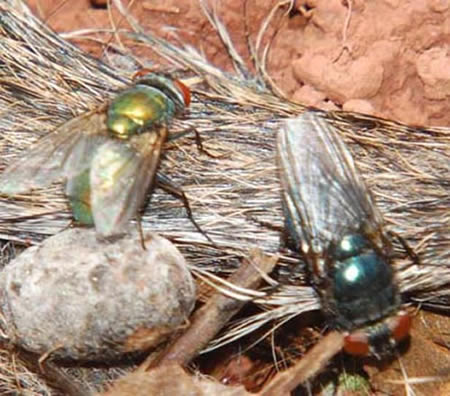 |
 |
| Green and blue bottle flies on squirrel carcass | Lucilia sericata Calliphora vomitoria |
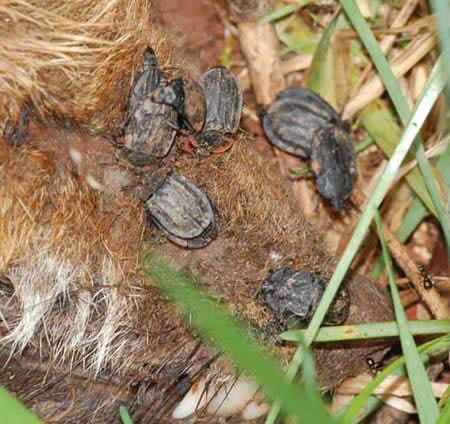 |
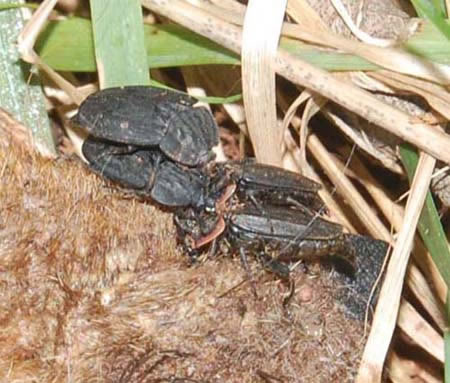 |
margined carrion beetle Ridged carrion beetle |
Oiceptoma novaboracense Oiceptoma inaequale |
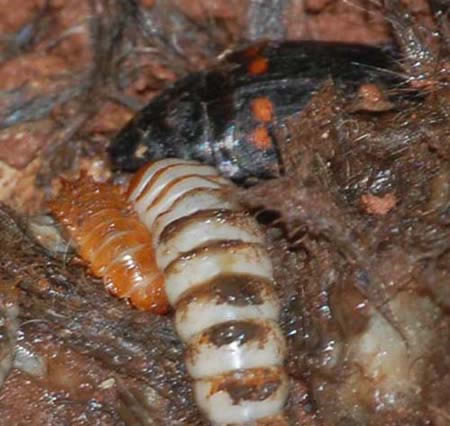 |
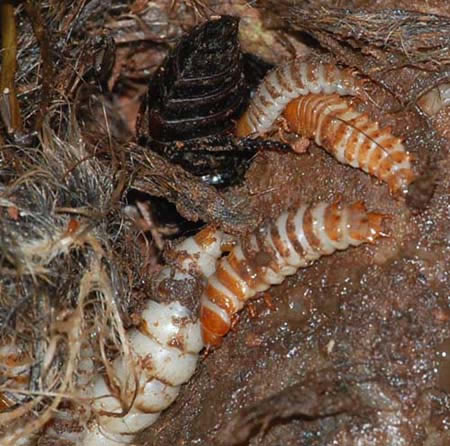 |
Nicrophorus orbicollis |
burying beetle |
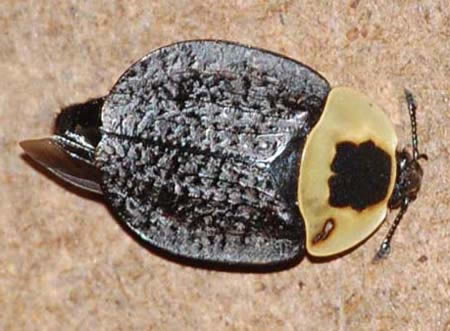 |
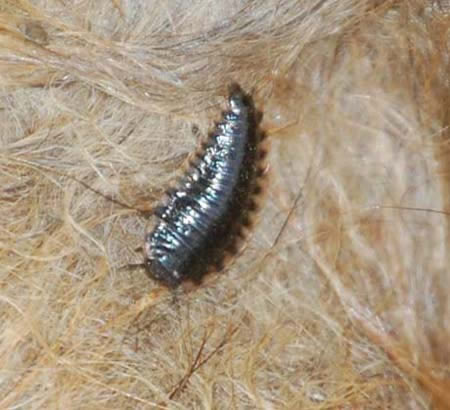 |
Necrophila americana |
larva of carrion beetle on fox |
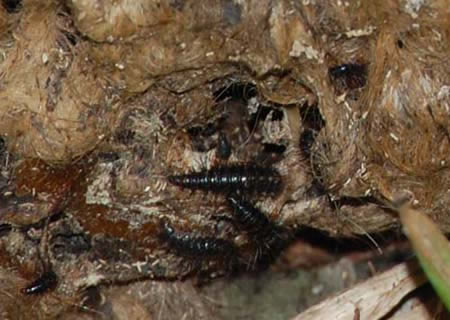 |
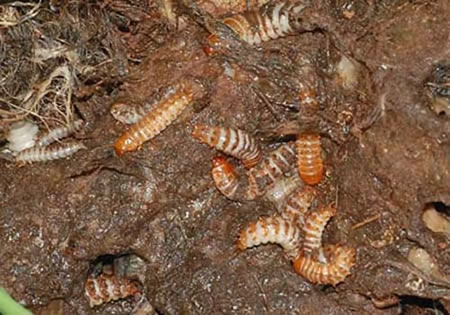 |
Oiceptoma larvae |
Nicrophorus larvae on fox |
 |
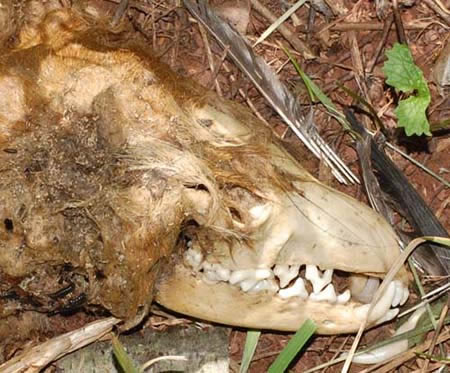 |
3/21/2012 |
6/8/2012 |
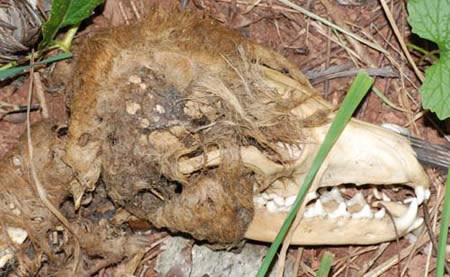 |
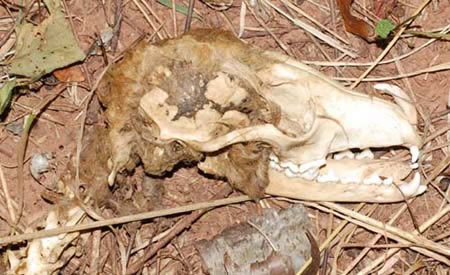 |
6/16/2012 |
7/2/2012 |
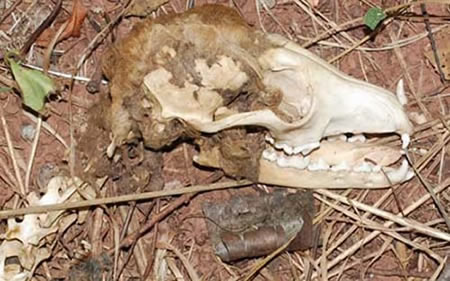 |
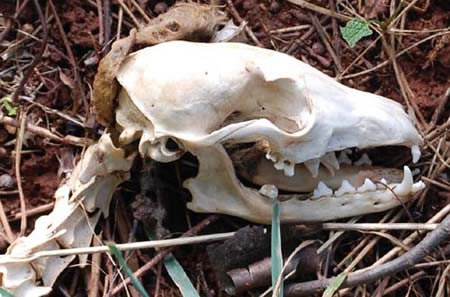 |
7/13/2012 |
7/22/2012 |
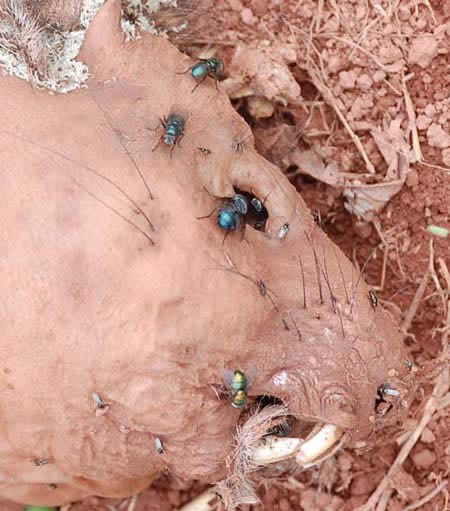 |
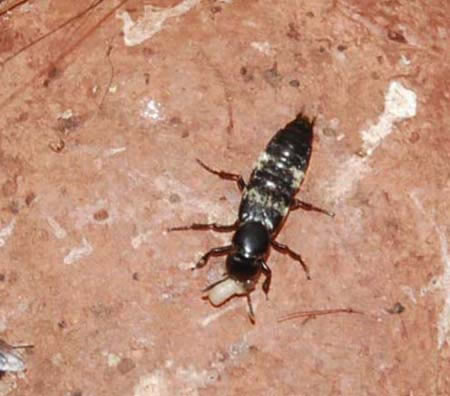 |
Groundhog carcass |
Hairy rove beetle feeding on fly larva |
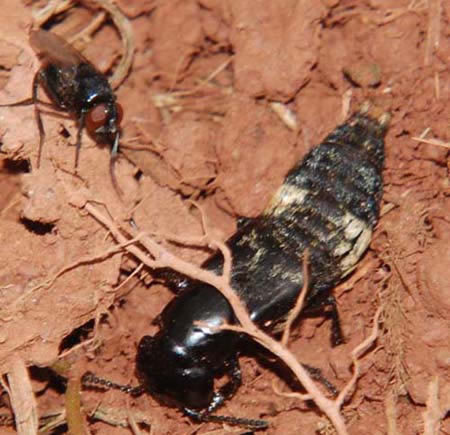 |
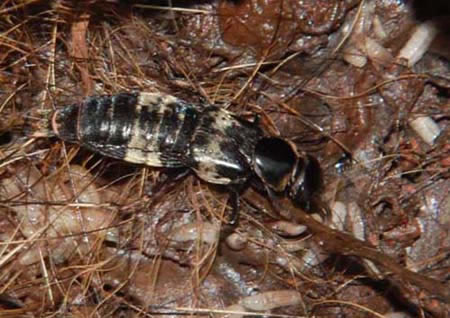 |
Creophilus maxillosus |
hairy rove beetle feeding on fly larvae |
| barn owl | American kestrel | purple martin | barn swallow | Eastern bluebird |
| tufted titmouse | Eastern phoebe | yellow shafted flicker | tree swallow | chimney swift |
| house wren | big brown bat | Carolina wren | brown thrasher | catbird |
| cedar waxwing | Northern mockingbird | |||
| Yellow warbler | Acadian flycatcher | |||
email richard@americanartifacts.com
©2014, American Artifacts and Richard Van Vleck